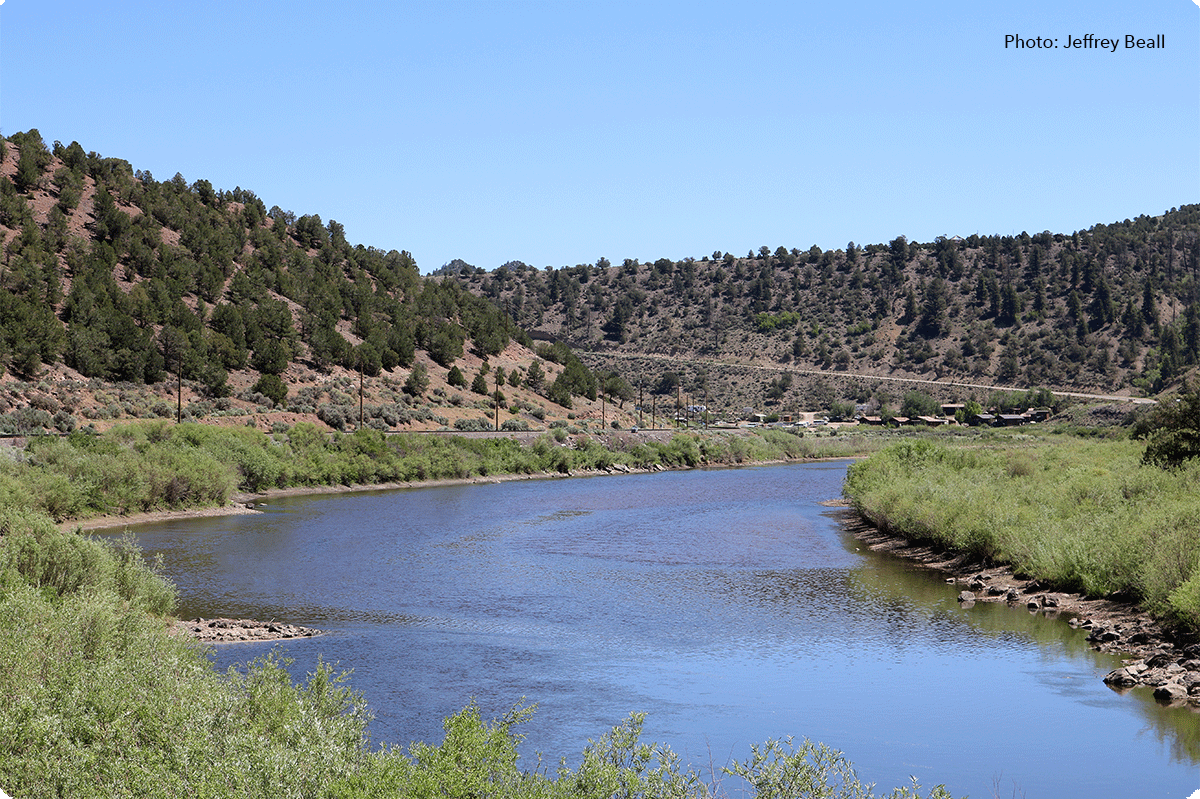
On May 29, 2025, the U.S. Supreme Court announced its decision in Seven County Infrastructure Coalition v. Eagle County, Colorado, limiting the scope of review of environmental impacts under the National Environmental Policy Act (NEPA).
Under NEPA, federal agencies must prepare an Environmental Impact Statement (EIS) for certain infrastructure projects that are built, funded, or approved by the Federal Government.1 An EIS is a procedural requirement to ensure that every federal project is fully informed.2 Specifically an EIS must: consider the environmental consequences of a project, address any significant environmental effects of a proposed project, and identify feasible alternatives that could mitigate those effects.3
In Seven County Infrastructure Coalition, a Colorado county and environmental organizations filed petition for review in the U.S. Court of Appeals for the D.C. Circuit of the U.S. Surface Transportation Board’s (Board) approval of an 88-mile railroad line to facilitate transportation of crude oil from Utah to refineries in Louisiana.4 Specifically, they claimed that the Board had failed to properly consider the environmental impacts of the project in their EIS by not considering the effects of the possible increased oil drilling upstream in the Uinta Basin and increased oil refining downstream along the coast of Louisiana and Texas.5 The court vacated the Board’s EIS, finding that the Board had impermissibly limited its analysis of upstream and downstream projects, stating that environmental effects from oil drilling and the refining process were reasonably foreseeable impacts from the railroad project.6 The Utah counties and the railroad appealed to the U.S. Supreme Court.7
In reversing the Court of Appeal’s decision, the Supreme Court held that the Board should have been given deference under NEPA, and that the appeals court had incorrectly required the Board to consider the environmental effects of projects that are separate in time and place from the railroad project.8 Looking at the downstream effects, while the Board acknowledged that trains would use the proposed rail line to transport crude oil to other states, which could result in an increase in oil refining, further analysis was not required of those potential impacts because the Board does not have authority over oil and gas development, or the environmental effects of future oil and gas development, since they are speculative and separate from the railroad project.9
Beyond confirming that the agency addressed environmental consequences and feasible alternatives of the proposed project in the EIS, the Supreme Court held that courts should defer to agencies about where to draw the line in considering indirect environmental effects.10 The Court also emphasized that the upstream oil drilling and downstream oil refining projects fall outside the Board’s authority, reiterating that agencies are not required to analyze the effects of projects over which they do not have regulatory authority.11
In the opinion, the Supreme Court described how incidences in lower courts not giving enough deference to agencies results in slowing down or blocking projects and causes agencies to take more time to prepare EISs.12 However, with the Supreme Court’s decision to narrow the scope of environmental impacts that must be included in an EIS, the review process under NEPA may speed up. While extensive EISs have impeded development of different kinds of infrastructure and construction, such as clean energy projects, this ruling may facilitate the current administration’s efforts to expedite projects associated with negative environmental consequences such as data centers and pipelines.13 This concern over expediting potentially harmful projects is especially prevalent if parties try to break up larger projects into smaller pieces to make upstream and downstream impacts seem attenuated and unrelated.14 However, under different administrations, the degree of deference to agencies will likely lead to change in the scope of environmental reviews under NEPA.15 Time will tell how agencies balance being thorough enough to meet NEPA’s requirements while only analyzing environmental effects under their authority.
1 Seven Cnty. Infrastructure Coal. v. Eagle Cnty., No. 23-975, slip op. at 6 (May 29, 2025).
2 Id. at 20.
3 Id.
4 Id. at 6–7, 11.
5 Id. at 7.
6 Id. at 11–12.
7 Id. at 12.
8 Id. at 14.
9 Id. at 9–10.
10 Id. at 15, 17.
11 Id. at 21, 23.
12 Id. at 19.
13 Id. at 19; Kimberly Strawbridge Robinson & Lydia Wheeler, Supreme Court Curtails Sweeping Environmental Impact Studies (3), Bloomberg L. (May 29, 2025).
14 Niina H. Farah, et. al., The Supreme Court goes after NEPA, E&E NEWS (May 29, 2025).
15 Taylor Mills, Supreme Court Ruling Stymies Suits Against Permits, Developments, Bloomberg L. (May 30, 2025).












